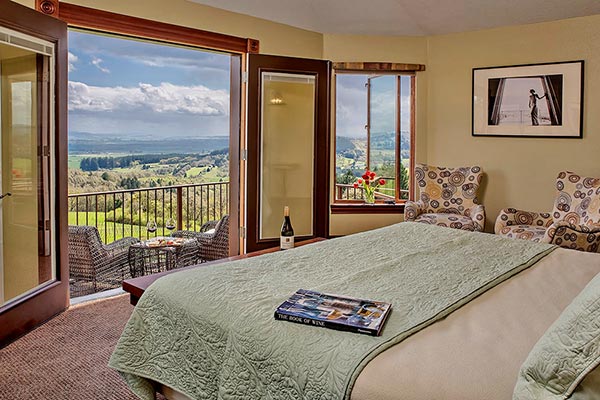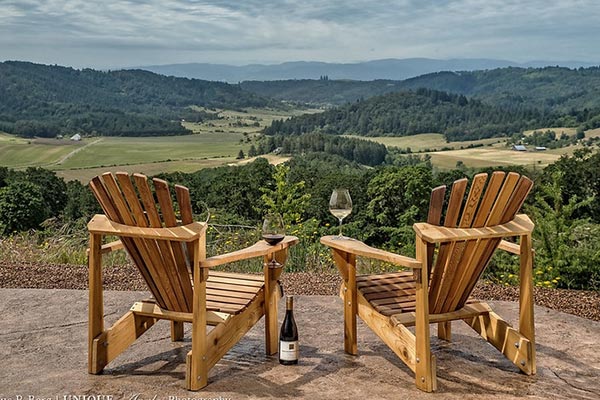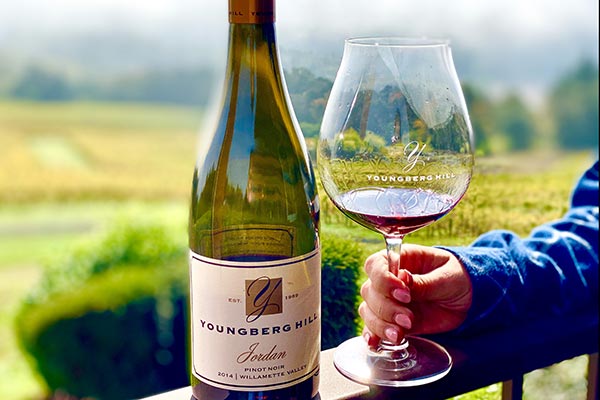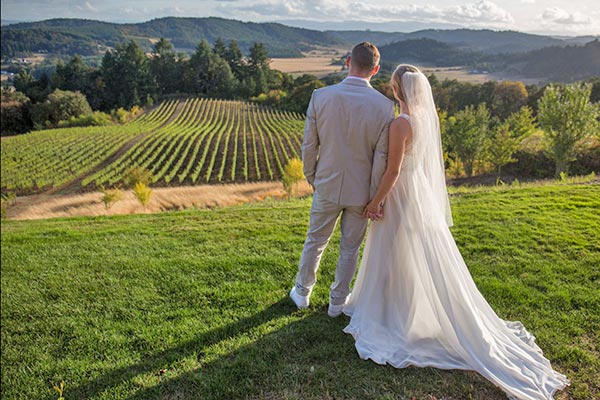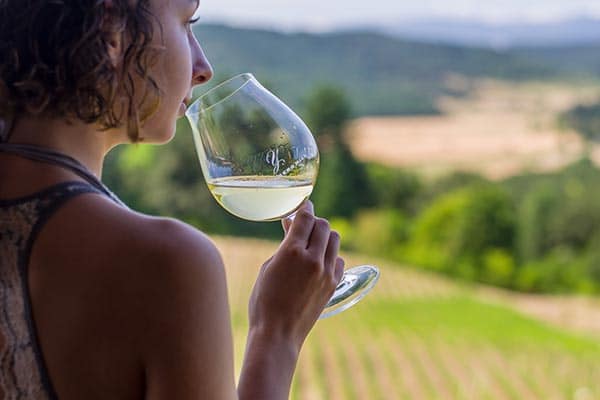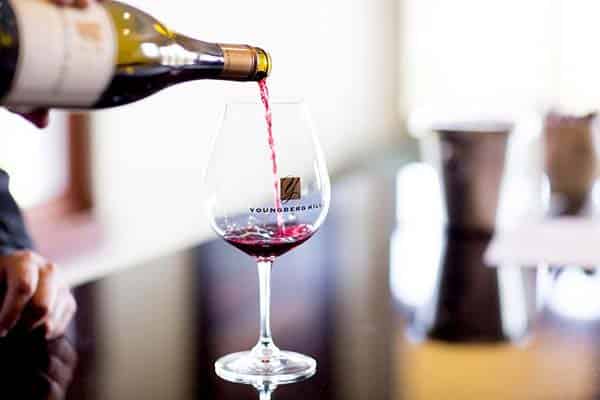The coming of spring has us thinking about nature and our relationship with the local vineyard wildlife at Youngberg Hill and how that fits into our Seriously Organic point of view. Working in and around the vineyard each day, we see many of the bird species that are native to the Willamette Valley.
We often catch glimpses of the Bald Eagle family that resides in the woods along the vineyard’s edge, and each time I see them I am reminded that there is a natural order to the foothills’ ecology. Other common sights are Great Horned Owls, Red Tailed Hawks and Kestrels. These raptors are the vanguard of nature’s balance, and not only enrich our lives with their beauty but also play an important role in reducing the damage done each year to our organic grape crop by preying on non-native Starlings.
European Starlings were first introduced in North America in the late 1800s by well-meaning immigrants who sought to bring with them the familiar sights of their homeland. What started as an innocent release of a small flock into Central Park has now grown to a population of nearly two hundred million nationwide. This explosive population growth now causes serious crop losses for both Oregon vineyards and of even greater concern is the Starlings’ disastrous effect on native bird populations. Regional wildlife scientists are unanimous in their conclusions that the European Starling invasion is taking a dramatic toll on native Oregon birds such as the Western Bluebird, Crested Woodpecker, Northern Flicker and Cassin’s Finch.
This spring I’d like to explore this problem with you and also will be asking for your help in coming up with some solutions that will both help our local bird population and help us keep more of the grapes we work so hard to grow at Youngberg Hill.
Be sure to Like, Comment, and Share this with your friends – and stay tuned for part two.


